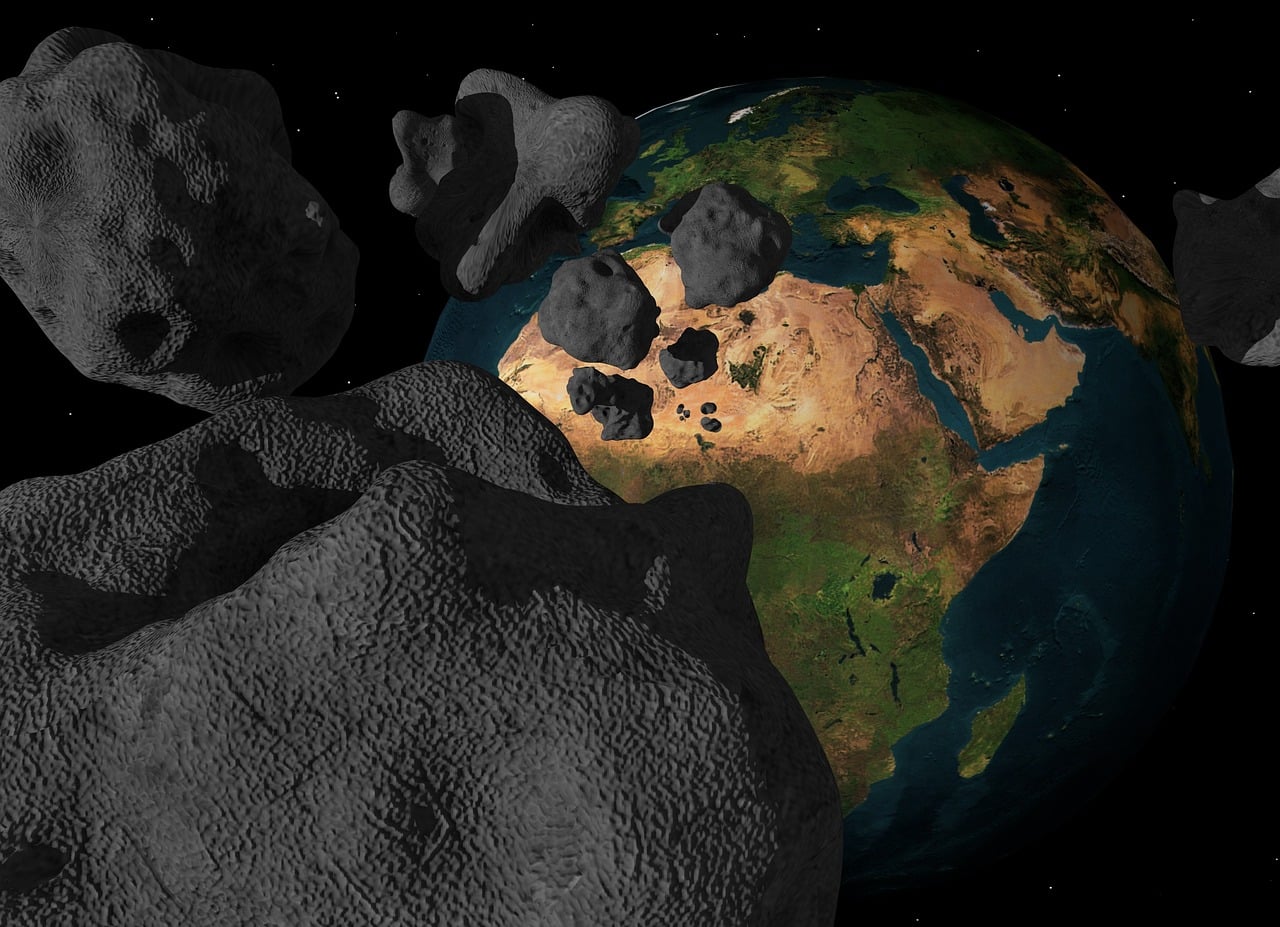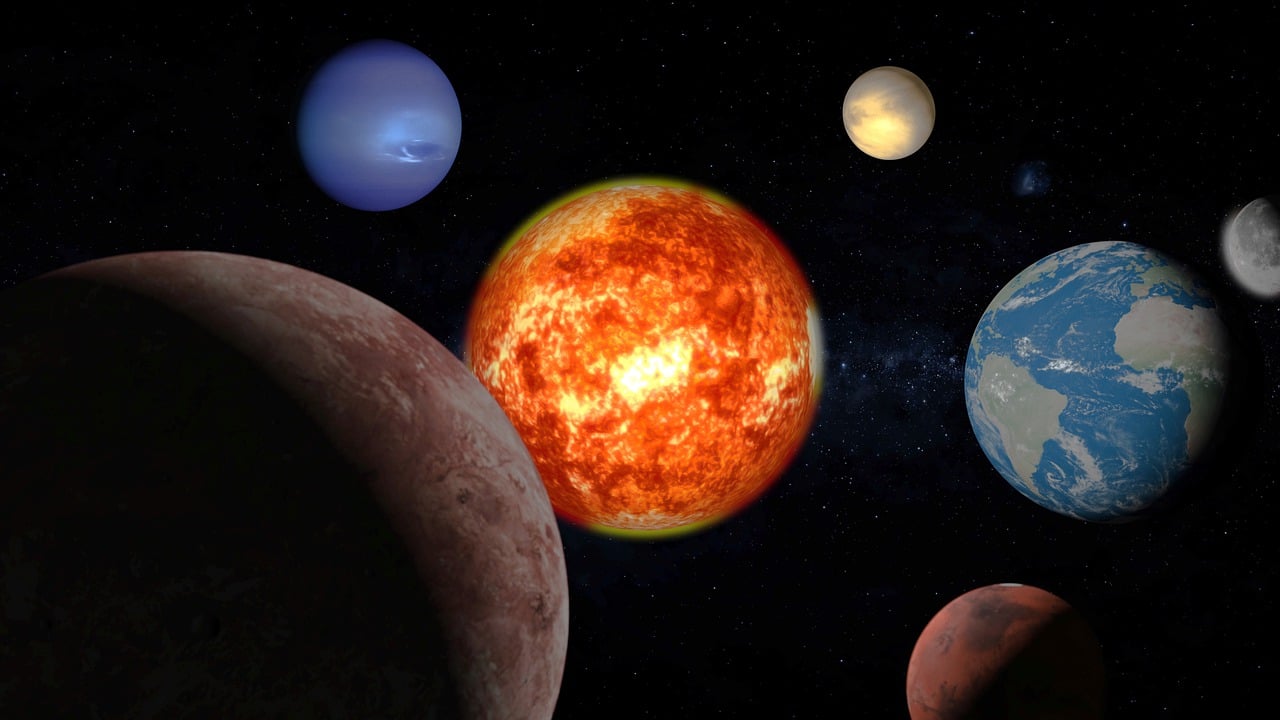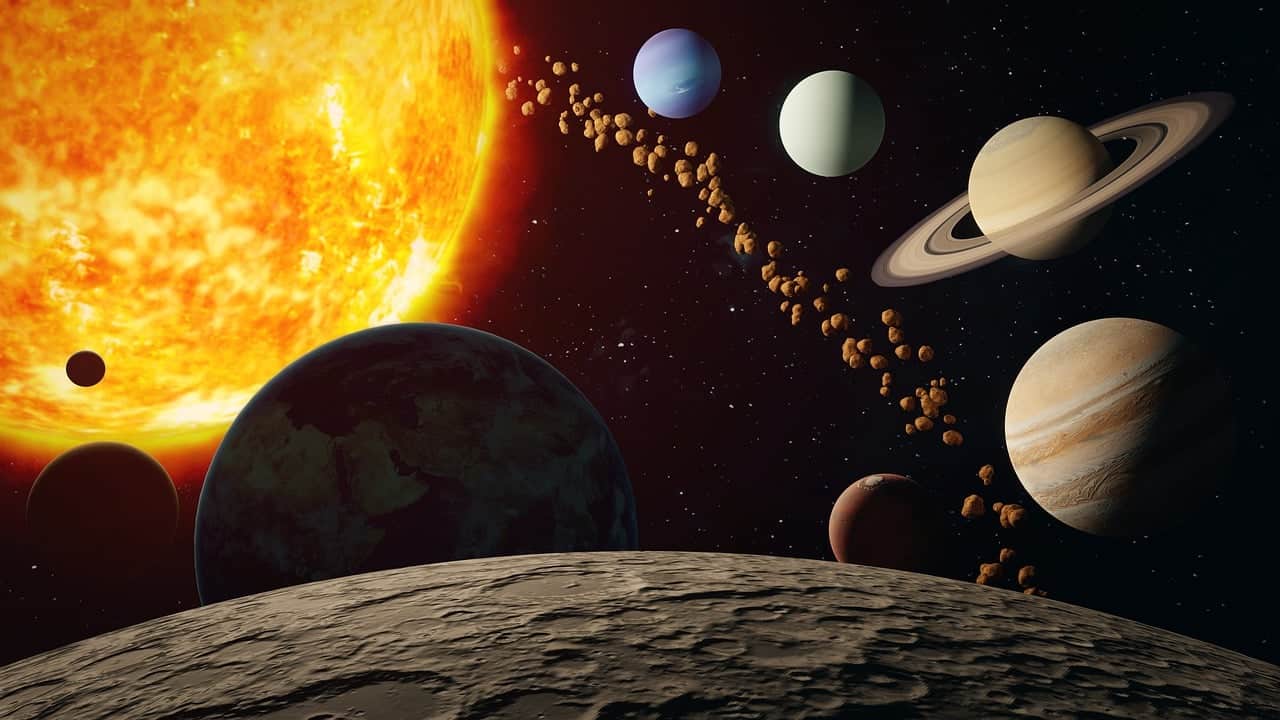
Asteroid belt is a concept specific to astronomy.
Asteroid belt is a concept of astronomy . It refers to a structure in the solar system called a circumstellar disk that is located in the middle of the orbits corresponding to Mars and Jupiter . Before delving into the particularities and scope of this notion, it is essential to remember that the theory defines asteroids as each of the minor bodies found within the aforementioned solar system . In terms of diameter, they do not exceed 1000 km and it is common for them to revolve around the Sun.
Around forty thousand asteroids that have a width greater than 1 km are nucleated in the strip called the asteroid belt . If the gravitational force of a certain planet manages to capture an asteroid , there are chances that it will no longer belong to the asteroid belt (where comets have also been detected) and will go into orbit , as if it were a moon.
This kind of corridor full of rocks or debris of cosmic roots functions as a border that marks a division between the enormous gaseous planets and those that are based on rocks.
Origin of the asteroid belt
The origin of the asteroid belt has astronomers as the main and necessary actors. These experts, over time, have discovered planets and multiple celestial objects .
In 1781, for example, William Herschel discovered Uranus , whose position coincided with predictions of a hypothesis popularly called the Titius-Bode law in honor of the scientists Johann Daniel Titius and Johann Elert Bode . In 1801, his colleague Giuseppe Piazzi located the dwarf planet that ended up becoming the largest astronomical object that populates the asteroid belt : Ceres . A season later, thanks to the work of Heinrich Olbers , the asteroid Pallas was detected. In September 1804, the German Karl Ludwig Harding found one of the greatest asteroids that make up the main belt: Juno . The location of Vesta dates back to 1807, which within the asteroid belt is one of the most massive objects. Decades later, Karl Ludwig Hencke made a new announcement: the detection of the asteroid Astraea .
As telescopes became more precise and powerful, experts added discoveries. Astrophotography even contributed to more mysteries revealed. The nomenclature, faced with the reality of being faced with multiple planets and asteroids , became a challenge. According to what is said, the 1850s had already begun when the expression "asteroid belt" began to gain visibility and use. It is difficult, at this point, to determine which scientist imposed the concept but there have been modifications around the initial idea. There are those who maintain, for example, that the current one houses only a portion of the mass that characterized the most archaic belt.

The orbits of Mars and Jupiter have the asteroid belt in the middle.
Formation and divisions
The formation and divisions of the asteroid belt are other questions of interest. Everything seems to have started in the protosolar nebula . As a consequence of gravitational perturbations associated with Jupiter , fragments of materials included in the belt have collided with each other at high speed, which is why they have not come together. The fact that a new planet could not form is due to these failed unions.
It is important to highlight that asteroid collisions are not atypical phenomena and, evaluated from an astronomical time perspective, they are frequent. Each fragmentation gives rise to smaller pieces that mark the emergence of a new family of asteroids . Debris is also key in the formation of meteoroids . In this regard, a scientific statistic: more than 99 percent of the meteorites that, to this day, have been detected on Earth probably arose in the asteroid belt .
In relation to the segmentation of the asteroid belt , meanwhile, there is no unanimous position. In general, it refers to a main or middle division, another exterior and an interior. The main part, likewise, is divided into three areas that are distinguished based on Roman numerals and are delimited by different resonances.
Technological simulation studies indicate that the original belt may have had a mass comparable to that of planet Earth , although it was lost as materials left the belt as a result of gravitational disturbances . The elements that were left outside, some specialists say, could have been destined for the so-called Oort cloud . This is how a spherical-looking cloud located at the end of the solar system has been cataloged, which is composed of objects that transcend the orbit of Neptune . Öpik-Oort Cloud , in reference to astronomers Jan Hendrik Oort and Ernst Öpik , is another way of mentioning this area.

The asteroid belt is a structure present within the solar system.
Objects present
The objects present in the asteroid belt are several, but the most impressive in terms of size is the dwarf planet called Ceres . The second in terms of volume is Pallas , continuing with the asteroid Vesta . We cannot fail to focus on the carbonaceous asteroid Hygia , as well as on the S-type asteroid Juno .
Features of the asteroid belt
The characteristics of the asteroid belt show a mostly empty surface. This does not mean that it contains few components but rather that the distribution of asteroids is too wide.
It is estimated that, when focusing on the total mass of the asteroid belt , Ceres covers a third. Vesta, whose size is half that of Ceres , is in second position when analyzing the dimensions of the objects included in this disk where there are asteroids that are grouped into different categories according to their composition.
Composition and classification of asteroids
The composition and classification of the asteroids that make up the belt have led to the emergence of three categories.
One of them includes carbonaceous asteroids or C-type asteroids . There are also metallic asteroids (or M-type) and silicate asteroids (or S-type). Basaltic (or V-type) asteroids are rarer.
Distance from the Sun is another variable to consider when distinguishing the regions in which asteroids congregate. Most of it is concentrated in the main belt, in a region between the planets Mars and Jupiter . At the same time, multiple families of asteroids become relevant here. Coronis , Themis and Eos are some of them.
Those closest to Earth's orbit are the Near-Earth Asteroid ( NEA ), recognized in Spanish as asteroids close to Earth . They are segmented into three sets: Amor asteroids , Apollo asteroids and Aton asteroids .
Nor can the Trojan asteroids be overlooked, which are characterized by sharing the orbit around the stable Lagrangian points with a planet .
Explorations and research in the asteroid belt
There has been exploration and research in the asteroid belt for several decades. In mid-July 1972, the Pioneer 10 space probe managed to cross it for the first time in history.
The space probes Pioneer 11 , Voyager 1 and 2 and the one named Ulysses also went to him, although they did not take photographs. The Galileo space mission and the NEAR Shoemaker did record images of asteroids, to mention two for reference.
Research on this disk is constant and, although more exhaustive studies and explorations are lacking, it is believed that in the not too distant future it will be feasible to take advantage of asteroids close to Earth . Because of this possibility, the concept of asteroid mining has begun to gain strength. This is how the chance of achieving the exploitation of raw materials from minor planets and asteroids has been classified. They are even working on the idea of being able to use water from extinct comets .
